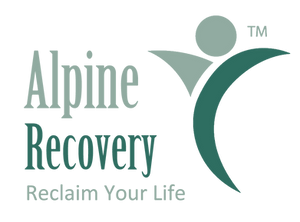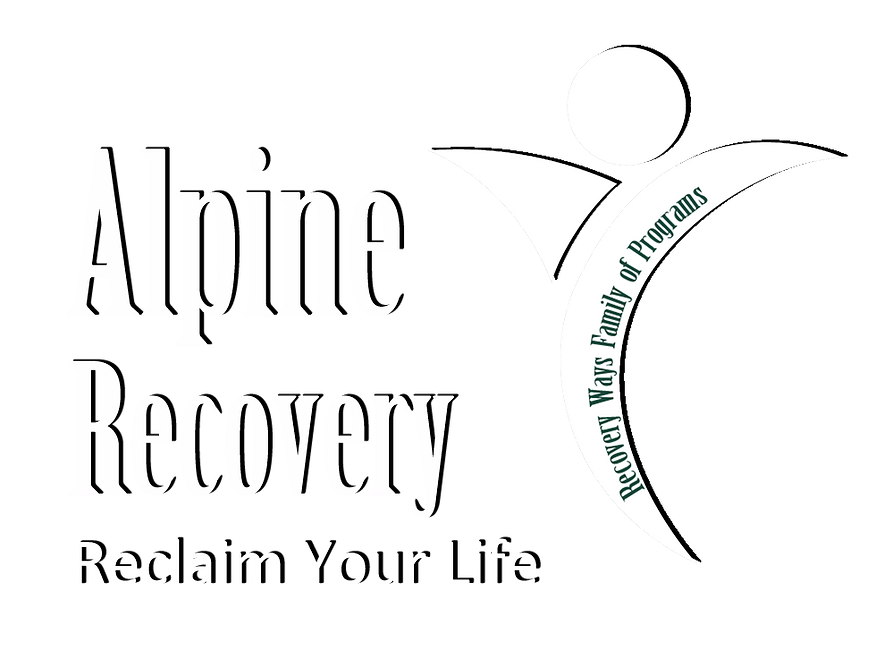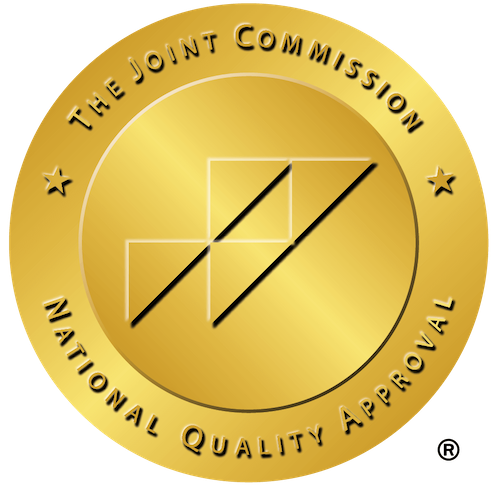Stanwood Drug Rehabs
Addiction is a complex, often misunderstood condition that affects not only individuals but their families and communities. Recognizing the need for help is the first step toward recovery, but navigating the options for treatment can be overwhelming. Among the myriad of options available, Stanwood drug rehabs have become well-known for their comprehensive, compassionate, and effective approach to helping individuals break free from substance use disorders. This blog will walk you through everything you need to know about Stanwood drug rehabs and why they are an ideal location for recovery, and what to expect during and after treatment. Whether you’re someone seeking help, a concerned family member, or a healthcare professional exploring treatment options for others, this guide will provide the insight you need.
What Are Stanwood Drug Rehabs?
Stanwood drug rehabs are structured programs designed to help individuals recover from substance addiction. These programs provide a combination of medical care, psychological support, and ongoing guidance to help individuals regain control over their lives. The ultimate goal? To stop substance misuse and lead a fulfilling, sober life.
Different Types of Programs at Stanwood Drug Rehabs
Programs at Stanwood drug rehabs can vary widely to address individual needs, including:
- Partial Hospitalization Programs (PHP): Structured, intensive treatment programs designed for individuals who require a higher level of care than standard outpatient services but do not need 24/7 inpatient care. PHP allows participants to receive comprehensive therapy and medical support during the day while returning home in the evenings. These programs focus on providing a balance of medical supervision, therapy sessions, and skill-building activities to support recovery.
- Intensive Outpatient Programs (IOP): Flexible treatment options for individuals needing structured care while maintaining their daily responsibilities, such as work or family commitments. IOP provides therapy sessions, group counseling, and skill-building activities several times a week, helping individuals address underlying issues and build strategies for long-term recovery.
Each type of program is important, offering tailored approaches for different stages of recovery.
The Benefits of Stanwood as a Location
Stanwood, nestled in a serene and picturesque environment, provides an ideal backdrop for healing and recovery. Surrounded by lush greenery and peaceful landscapes, the town’s tranquil setting helps foster calm, focus, and mindfulness—key components of successful rehabilitation. The nearby parks and walking trails offer opportunities for gentle outdoor activities, promoting physical and mental well-being. Beyond its natural beauty, Stanwood’s strong sense of community creates a supportive atmosphere that encourages connection and positivity. Whether it’s the quiet charm of the surroundings or the welcoming nature of the town, Stanwood provides a therapeutic environment perfectly suited for those on their journey to recovery.
Reputable Rehab Centers in Stanwood
Stanwood is home to several notable rehabilitation centers known for their compassionate and effective treatment methods. These facilities provide a safe and supportive environment for individuals on their recovery journey, often combining evidence-based practices such as cognitive-behavioral therapy and medication-assisted treatment with holistic healing strategies like yoga, meditation, and nutrition counseling. They cater to a diverse range of needs, offering programs for substance abuse, mental health issues, and co-occurring disorders. Many centers also provide personalized treatment plans, ensuring that care is tailored to each individual’s unique circumstances. Some of these rehabilitation centers have even earned national recognition for their high-quality care, innovative approaches, and unwavering dedication to helping individuals achieve lasting addiction recovery.
Comprehensive Treatment Options
Rehab centers in Stanwood offer a variety of treatment programs, ensuring there’s an option suitable for everyone:
- Family Support: Strengthen relationships and improve communication through tailored family therapy sessions, helping loved ones work together toward recovery and understanding.
- Continuing Care: Ongoing support and resources designed to help individuals maintain progress and prevent relapse after completing initial treatment programs.
- Moral Reconation Therapy (MRT): A structured, evidence-based approach that helps individuals improve decision-making, build accountability, and align their actions with positive values.
- Relapse Prevention: Strategies and tools to help individuals recognize triggers, manage cravings, and develop healthy coping mechanisms to sustain long-term recovery.
- Positive Choices: Programs focused on empowering individuals to make healthier decisions and build habits that support overall mental health and well-being.
- Partial Hospitalization Programs (PHP): A step-down from inpatient care, PHP offers a structured treatment environment with intensive support during the day, allowing individuals to return home in the evenings.
- Intensive Outpatient Program (IOP): Flexible and focused therapy sessions designed to provide comprehensive care while allowing individuals to balance daily responsibilities.
- Assessment: Thorough evaluations conducted by experienced professionals to develop personalized treatment plans tailored to each individual’s unique needs and goals.
These centers ensure every treatment plan is customized to each individual’s history, needs, and goals.

The Treatment Process in Detail Step-by-Step Guide to Treatment
- Assessment and Intake: During the initial phase, professionals conduct a thorough evaluation by gathering detailed medical history, assessing mental health conditions, and identifying patterns of substance use. This comprehensive process helps create a personalized treatment plan tailored to address the individual’s unique needs and goals, ensuring the most effective approach to their recovery journey.
- Therapy and Counseling: This core phase focuses on both individual and group therapy sessions designed to address the root causes of addiction. Through these sessions, individuals explore underlying emotional or psychological issues, identify triggers, and develop healthy coping strategies. Group therapy also offers a supportive environment where participants can share experiences, build connections, and learn from others facing similar challenges.
- Aftercare Planning: Preparing for life after rehab by creating a comprehensive plan for ongoing support and recovery. This may include connecting individuals with resources like 12-step meetings, therapy sessions, sober living communities, or other recovery programs to help maintain long-term sobriety and prevent relapse.
- Post-Rehab Support: Ongoing therapy sessions tailored to individual needs, coupled with access to a supportive recovery community, provide essential tools and encouragement to maintain long-term sobriety. This support network helps individuals navigate challenges, build resilience, and stay committed to their recovery journey.
Proven Success Rates
Rehabilitation centers in Stanwood often boast higher-than-average success rates thanks to their patient-centered approaches and evidence-based treatments. These facilities prioritize understanding each individual’s unique challenges and tailor their programs to meet specific needs. A strong focus on long-term recovery plans ensures that individuals not only overcome addiction but also have the tools, coping mechanisms, and support systems they need to maintain sobriety. With counseling, group therapy, and aftercare programs, these centers aim to help individuals avoid relapse and rebuild their lives with confidence and stability.
Making Treatment Affordable
Understanding insurance coverage can feel daunting, but most Stanwood rehab centers have dedicated teams to guide patients and families through the process. These teams can help you navigate policy details, check your benefits, and handle necessary paperwork, making it easier to focus on recovery. Many insurance plans, including those under the Affordable Care Act, cover a significant portion of rehab costs, such as inpatient treatment, outpatient programs, and even aftercare services. This support ensures that financial barriers don’t stand in the way of getting the help you need.
Tips for Managing Rehab Costs:
- Reach out to your insurance provider to confirm whether your policy covers the specific services or expenses you need, and ask about any limitations or requirements.
- Ask the rehab center if they offer payment plans or sliding-scale fees based on income. These options can make treatment more affordable and accessible for those facing financial challenges.
- Explore grants or financial assistance programs specifically designed to help cover the cost of addiction treatment. These programs, often offered by government agencies, nonprofits, or private organizations, can provide vital support for individuals seeking recovery but facing financial barriers.
Building a Sober Future
Recovery doesn’t end when rehab does—it’s a lifelong journey that requires ongoing effort, self-awareness, and a commitment to creating a healthier lifestyle. Maintaining sobriety often means reshaping daily habits, building a strong support network, and learning how to navigate life’s challenges without relying on substances. Post-treatment resources offered by Stanwood rehab centers can include therapy sessions, support groups, and personalized relapse prevention plans to help individuals stay on track and continue their progress toward long-term recovery.
- 12-step programs like Alcoholics Anonymous (AA) or Narcotics Anonymous (NA), which provide peer support and a structured approach to recovery through guided steps and group meetings.
- Regular counseling sessions to provide ongoing support, address personal challenges, and promote mental well-being.
- Alumni programs providing ongoing peer support and opportunities for connection, mentorship, and shared experiences.
- Comprehensive support to help individuals smoothly reintegrate into work environments and rebuild connections within family life.
Preparing for Potential Hurdles
Challenges such as cravings, stress, and old social circles can test recovery, making it a journey filled with ups and downs. Cravings may strike unexpectedly, sometimes triggered by sights, smells, or memories, catching you off guard when you least expect it. Stress, whether from work, relationships, or daily life, can feel overwhelming and intensify the urge to fall back into old habits as a coping mechanism. Reconnecting with past environments or friends may also bring tempting triggers, reminding you of harmful patterns you’re working hard to leave behind. Everyone’s recovery path is unique, shaped by personal experiences, goals, and circumstances, and progress is rarely a straight line. Still, it’s important to remember that facing difficulties is a normal part of the process and not a sign of failure. With the right support system, whether that’s friends, family, therapists, or recovery groups, and the proper tools to develop healthy coping strategies, overcoming these challenges is not only possible but can lead to a stronger, more resilient version of yourself.
Tips to Stay on the Path to Sobriety
- Stay connected to your support network by regularly reaching out to friends, family, or trusted individuals who can provide encouragement, advice, and a listening ear when you need it most.
- Practice healthy coping mechanisms, such as regular exercise to boost your mood and reduce stress, or mindfulness techniques like meditation and deep breathing to help you stay calm and focused during challenging times.
- Recognize your triggers by identifying situations or emotions that cause stress, and take proactive steps to address them. Prioritize self-care by setting aside time for activities that help you recharge, such as exercise, meditation, or hobbies you enjoy.
- Keep attending therapy or support groups to stay connected, gain new coping strategies, and receive ongoing support from professionals and peers who understand your journey.
Conclusion
Addiction can feel like an unyielding challenge, affecting not just the individual but also their loved ones. However, with the right support, resources, and determination, change is not only possible—it’s within reach. Stanwood drug rehabs are designed to provide a lifeline for those battling addiction, combining professional expertise with comprehensive care and a compassionate, supportive community. These facilities offer personalized treatment plans, counseling, and evidence-based therapies to address the root causes of addiction, helping individuals regain stability and hope. Stanwood rehabs focus on every stage of the recovery journey. If you or a loved one is ready to take the first step, reach out to our staff of experts by calling 1 (360) 658-1388 or clicking Alpine Recovery. The road to recovery starts here, and you don’t have to walk it alone.



